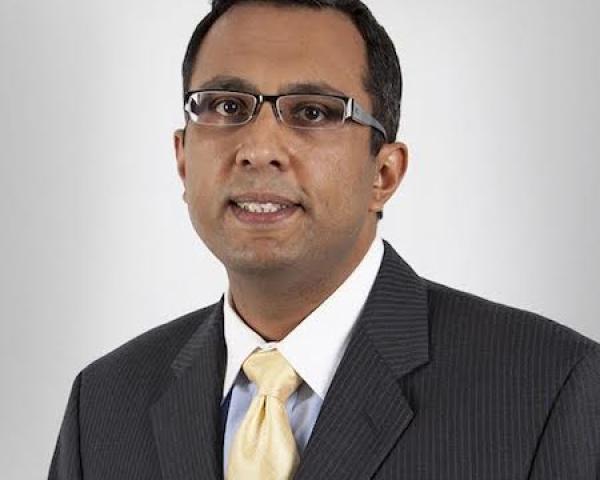The Berkshire Hathaway annual report is one of my favorite reads. I always find a mountain of wisdom coupled with humility from one of my mentors, Warren Buffett. He doesn’t know he’s my mentor, but I treat him as one by reading and reflecting on what is in these annual letters. I would recommend you do the same; they’re available free of charge
online.
There was a doozy of a sentence in the latest—right there on page 8—discussing the performance of Berkshire’s insurance operations, which make up the core of Berkshire’s business: “We believe that the annual probability of a U.S. mega-catastrophe causing $400 billion or more of insured losses is about 2%.” Sorry, Mr. Buffett, I have some questions for you on that one.
See also: Whiff of Market-Based Healthcare Change?
After reading those words, I quickly ran a CATRADER industry exceedance probability (EP) curve for the U.S. My analysis included the perils of hurricane (including storm surge), earthquake (including tsunami, landslide, liquefaction, fire-following and sprinkler leakage), severe thunderstorm (which includes tornadoes, hail and straight-line wind), winter storm (which includes wind, freezing temperatures and winter precipitation) and wildfire. I used the latest estimates of take-up rates (the percentage of properties actually insured against these perils) and took into account demand surge (the increase in the price of labor and materials that can follow disasters).
Bottom line, we believe that the probability of $400 billion in insured losses from a single mega-catastrophe in a given year is far more remote—between 0.1% and 0.01% EP. Buffett is putting this at a 2% EP (or a 50-year return period), which is a gulf of difference. In fact, it is worth noting that, by AIR estimates, the costliest disaster in U.S. history in the last
100-plus years—indexed to today’s dollars and today’s exposures—was the Great Miami Hurricane of 1926. Were that to recur today, AIR estimates it would cost the industry roughly
$128 billion.
So, what is Buffett basing his view on? In 2009, he famously said “Beware of geeks bearing formulas.... Indeed, the stupefying losses in mortgage-related securities came in large part because of flawed, history-based
models used by salesmen, rating agencies and investors.” Obviously, this was a reference to the 2008 financial crisis and the use of
models by banks. His view on
catastrophe models, however, has never been made public.
See also: Why Risk Management Certifications Matter
Assuming Buffett’s point of view was not model-based, it would be good to know his methods. For example, was it based on some estimate of insured exposures and a PML%, as was common in the pre–catastrophe model days? But he didn’t get to that level of detail. It would be interesting to know if this is also the view of Ajit Jain, his head of insurance operations, and now vice chairman of Berkshire?
I have lots of questions, and I am not holding my breath for Buffett to respond to this blog. But it would be great to get
your thoughts below.


